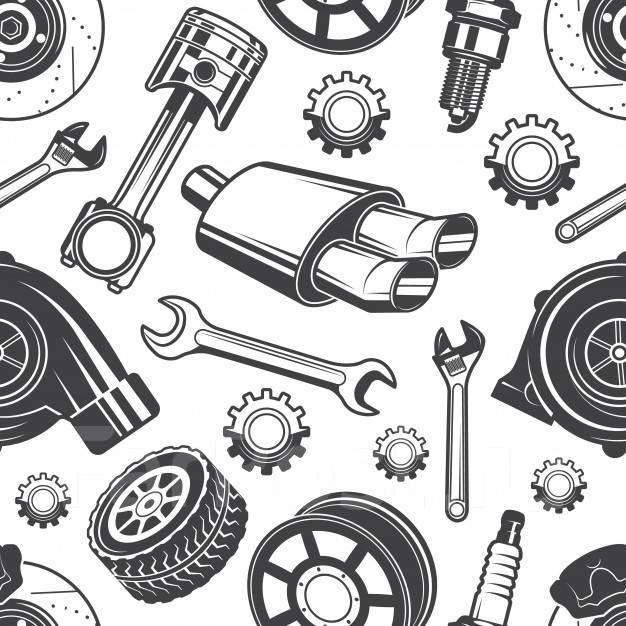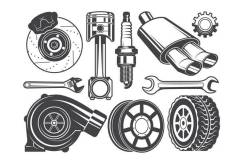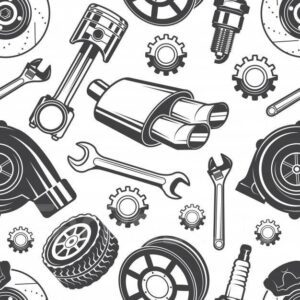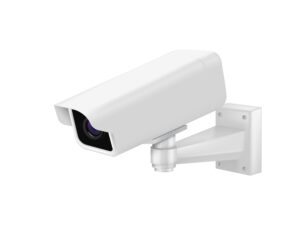Why Choosing the Right Office Furniture Matters for Your Business
Every workplace needs furniture, but not just any furniture. The type and quality of office furniture you choose can shape employee comfort, workplace productivity, and your company’s overall image. While many businesses focus on technology and tools, investing in functional, stylish, and ergonomic furniture is equally crucial.
This blog explores the importance of selecting suitable office furniture, key considerations when furnishing a workspace, and the essential types of furniture every office should have.
The Role of Office Furniture in Workplace Productivity
The connection between workplace setup and employee productivity is clear. Comfortable, well-designed office furniture reduces physical discomfort, supports healthy posture, and encourages focus throughout the workday. Employees who sit in uncomfortable chairs or work at cluttered desks are more likely to experience fatigue, distraction, and even injury.
By selecting high-quality office furniture, businesses can create an environment that promotes efficiency, collaboration, and job satisfaction. Thoughtful office layouts with the right furniture contribute to smooth workflow and communication.
Key Considerations When Choosing Office Furniture
Purchasing office furniture involves more than picking out desks and chairs. The choices should be guided by several practical factors to ensure the furniture complements the office space and supports daily operations.
Office Space and Layout
Before purchasing furniture, assess the office size and layout. Measure available space for desks, meeting areas, storage, and communal spaces. Avoid overcrowding by selecting office furniture that fits well and allows easy movement.
Consider how employees interact with one another and arrange furniture to encourage teamwork while providing quiet zones for focused work.
Employee Comfort and Health
Employee well-being is a top priority. Ergonomic office furniture reduces the risk of repetitive strain injuries and posture-related discomfort. Chairs with lumbar support, adjustable desks, and footrests help create a healthier, more productive office.
Furniture that accommodates different body types and work styles ensures every team member has a comfortable and supportive workspace.
Functionality and Storage
The best office furniture combines aesthetics with functionality. Choose desks with ample surface space and integrated storage. Add filing cabinets, shelves, and storage units to keep documents organized and reduce clutter.
Consider modular furniture that can be rearranged easily as team sizes change or projects evolve.
Aesthetic and Brand Image
The appearance of office furniture contributes to the company’s professional image. A well-designed, modern office impresses clients, partners, and job candidates. Select furniture styles and colors that reflect your business’s brand identity and industry standards.
Consistency in design across workstations, meeting rooms, and reception areas enhances your office’s visual appeal.
Durability and Quality
Since office furniture endures daily use, it’s important to invest in durable materials. Quality desks, chairs, and storage units require less maintenance and last longer, reducing long-term costs.
Essential Types of Office Furniture for a Productive Workplace
Every business requires specific furniture items to function efficiently. Here’s an overview of key office furniture categories and their importance.
Workstations and Desks
Desks are essential for every employee. Options vary based on the nature of tasks and available office space:
- Standard work desks for general use
- Standing desks for promoting healthy posture
- Executive desks for managerial offices
- Shared workstations for collaborative teams
Look for desks with cable management, drawers, and adjustable height options to increase functionality.
Ergonomic Office Chairs
Invest in adjustable office chairs with ergonomic features to support employee comfort. Important features include:
- Adjustable height and armrests
- Lumbar support
- Breathable fabric or mesh
- Swivel and caster mobility
Proper seating improves productivity and reduces fatigue, making it a critical office furniture investment.
Office Storage Solutions
Effective storage helps keep offices organized and efficient. Common office furniture storage options include:
- Filing cabinets for important documents
- Shelves for books and supplies
- Lockers for personal belongings
- Storage cupboards for equipment and materials
Well-planned storage minimizes clutter and helps employees focus on their tasks.
Conference and Meeting Room Furniture
Meeting spaces require functional and presentable office furniture. Essentials include:
- Large tables with built-in power ports
- Comfortable chairs for prolonged meetings
- Display units for presentations and visual aids
These areas should foster collaboration and reflect the company’s professionalism.
Reception and Waiting Area Furniture
First impressions matter. Furnish reception areas with comfortable seating, clean tables, and a practical reception desk. Choose office furniture that makes visitors feel welcome while representing your brand’s aesthetic.
Benefits of Investing in Ergonomic and Quality Office Furniture
Quality office furniture offers numerous benefits for both employees and business owners.
Improved Employee Well-Being
Ergonomic chairs, desks, and accessories promote good posture, reduce muscle strain, and prevent work-related injuries. Employees who are physically comfortable tend to be more productive, motivated, and engaged.
Enhanced Productivity
Functional and organized office furniture minimizes distractions and optimizes workflow. Employees waste less time dealing with cluttered spaces or uncomfortable setups and more time focused on their tasks.
Positive Workplace Culture
A well-designed office environment supported by quality office furniture can boost morale and employee satisfaction. Comfortable break areas, collaborative spaces, and individual workstations create a workplace where people feel valued and supported.
Cost Savings
While quality office furniture may involve a higher upfront investment, its durability saves money over time. Fewer repairs, replacements, and maintenance costs result in long-term financial benefits.
Tips for Organizing Your Office with Effective Office Furniture
A productive office layout depends on both space and furniture selection. Use these tips to optimize your office:
- Designate separate zones for individual, collaborative, and meeting work.
- Position desks to maximize natural light and reduce glare.
- Place storage units within easy reach but away from heavy traffic areas.
- Use mobile office furniture like rolling chairs and movable dividers for flexibility.
- Incorporate break areas with lounge chairs and tables for informal conversations.
Maintaining Your Office Furniture for Longevity
Regular maintenance helps extend the lifespan of office furniture and keeps your workplace looking professional.
- Clean surfaces regularly with appropriate cleaning agents.
- Inspect chairs, desks, and shelves for signs of wear or damage.
- Tighten screws and bolts to maintain furniture stability.
- Replace worn-out or damaged items promptly to avoid safety hazards.
Frequently Asked Questions (FAQs)
Q: How can I choose the best office furniture for a small workspace?
A: Focus on space-saving, multifunctional office furniture like compact desks, wall-mounted shelves, and modular units. Opt for ergonomic chairs and avoid oversized pieces.
Q: What makes office furniture ergonomic?
A: Ergonomic office furniture is designed to support natural posture and reduce strain. Features like adjustable heights, lumbar support, and swivel bases contribute to comfort and health.
Q: Is it worth investing in high-end office furniture?
A: Yes. Quality office furniture lasts longer, requires less maintenance, and positively impacts employee comfort and productivity, making it a worthwhile long-term investment.
Q: How often should office furniture be replaced?
A: Replace office furniture when it shows signs of damage, no longer supports ergonomic standards, or when your office layout or company needs change.
Q: What’s the best way to keep office furniture clean?
A: Use manufacturer-recommended cleaning products for each material. Regular dusting, disinfecting surfaces, and checking for damage help maintain appearance and functionality.
Conclusion
Choosing the right office furniture is an important decision that affects employee comfort, productivity, and your company’s image. By considering factors such as ergonomics, durability, functionality, and office aesthetics, businesses can create a workspace that promotes health, efficiency, and professionalism.
A well-furnished office equipped with quality office furniture not only enhances daily operations but also contributes to a positive workplace culture and lasting business success.













